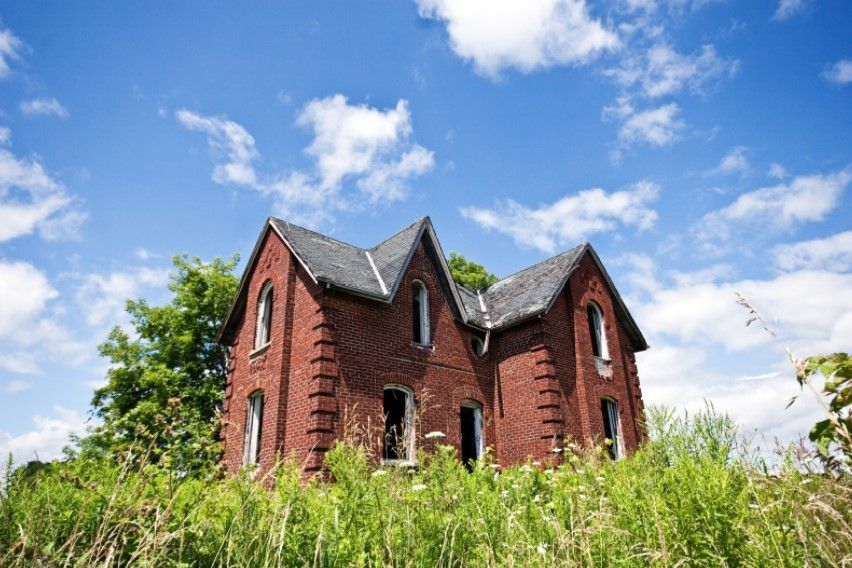The Rise of Fractional Homeownership: A Game-Changer or a Gimmick?
In today’s high-priced housing market, many would-be buyers are looking for creative ways to break in — or invest — without shouldering the full cost of a property.

Consider this scenario. You have lived in an older home for decades. While you made renovations here and there, even those are in need of updating. To complicate matters, neighborhood homes are being razed by new buyers -- many are real estate investors -- who erect new houses in their place. With all these considerations, an owner ready to sell faces a quandary: should the house go on the market as is or is an investment in its accommodation and appearance be worthwhile in securing the best possible sales price? A number of variables reveal which option is the better choice.
Tired vs. Exhausted
A house might just look run down while continuing to offer comfort, security and convenience. This is where a fresh coat of paint can work wonders, as can a little more attention to the landscaping. One or two cracks or holes in the wall can be filled in and glossed over. In short, the property simply needs a facelift as opposed to radical reconstructive surgery. Since spending will be modest, the outlay could lead to a better profit from the sale of the home. Cosmetic improvements make a difference especially in highly competitive markets.
On the other hand, if the wiring would not pass an electrical inspection; if the plumbing requires a major overhaul; or if there are foundational weaknesses, then the house is structurally or functionally compromised. Correcting such deficiencies can be extremely expensive, and the investment would likely have little effect on overall home values. Under such extreme circumstances, getting out by selling the property unimproved might make more sense. Of course, nobody sells a property without reference to the conveyance of other local properties. The condition of a house might have less impact if the location is both booming and coveted.
Geography Can Offset Physical Condition
If a particular neighborhood or region is in high demand, it might be logical to see what offers come in without making any improvements to the property. Neighborhood cohesiveness, traffic patterns, crime rates, proximity to parks and quality of local schools add significantly to home values somewhat independent of the level of disrepair. This, of course, must come with a few grains of salt. Few are interested in rebuilding uninhabitable houses unless they are wholesalers who will low-ball on sales price. All the same, location has always been a primary selling point and will likely continue to be.
When Inventory Is Low...
Another variable that encourages selling a house as is relates to market conditions. When the inventory of available houses is low and purchase demand is high, buyers are more willing to bite the proverbial bullet. Especially when an employment relocation is in the works, a buyer might be motivated by urgency to acquire a residence quickly. In such cases, sellers have an edge and can confidently present a house for sale, warts and all. Again, it is not advisable to push the envelope on this -- too many problems can put off even the most galvanized prospect. That said, a somewhat worn out home may still attract eager purchasers when the pickings are slim.
Retaining Neighborhood Character
If the house sits amidst similarly aesthetically challenged homes, too much work might not be worth it. As noted earlier, a good neighborhood can offset the problems with a home for sale. Likewise, a run down area can take all the luster off of a recently upgraded residence. Sellers might have no choice but to accept a low price for a house that sits on the market for months because of surroundings.